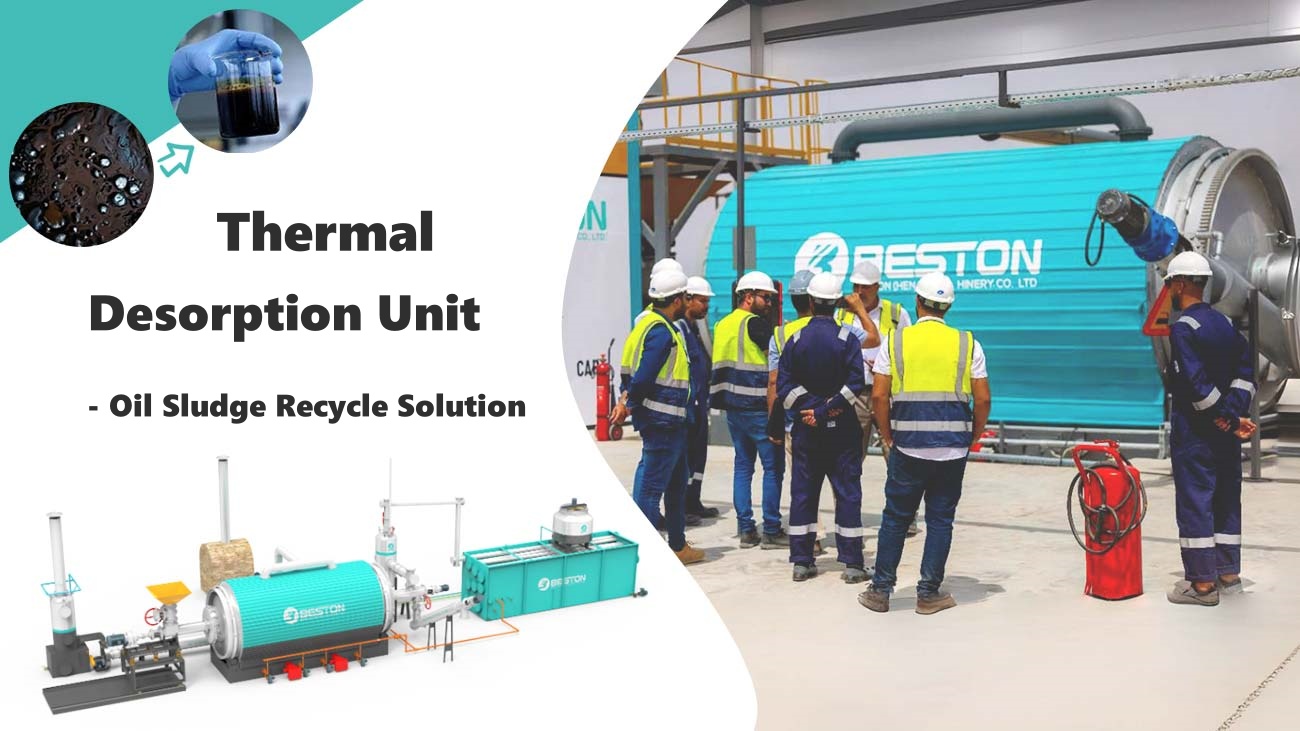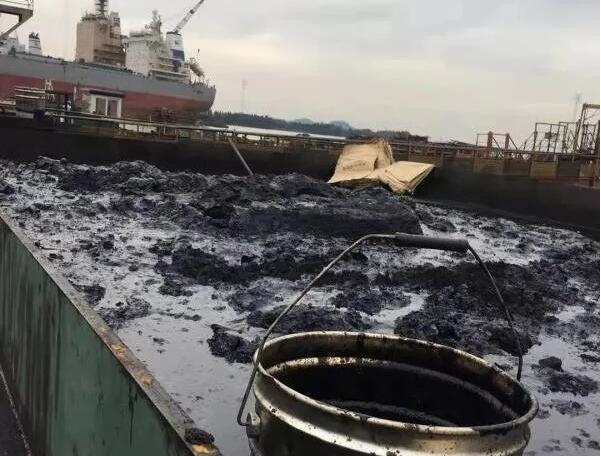Unveiling Environmental Standards and Emission Limits in Thermal Desorption Unit Project
In the realm of environmental remediation, thermal desorption units (TDUs) stand out as critical tools for addressing contaminated soil and waste materials. However, alongside their efficacy in decontamination, thermal desorption units must adhere to stringent environmental standards and emission limits to minimize their impact on the surrounding ecosystem.

Understanding Thermal Desorption Unit
A thermal desorption system is a specialized apparatus designed to treat contaminated materials by subjecting them to high temperatures, thereby facilitating the release and recovery of volatile contaminants. This process involves thermal desorption, where contaminants are volatilized and subsequently captured or treated for safe disposal.
Environmental Standards and Regulations
The operation of thermal desorption units is subject to comprehensive environmental regulations and standards imposed by regulatory bodies to safeguard human health and the environment. These standards dictate permissible emission levels, treatment efficiencies, and operational practices to mitigate potential environmental risks.
Emission Limits
Emission limits for thermal desorption units typically focus on volatile organic compounds (VOCs), semi-volatile organic compounds (SVOCs), and other hazardous air pollutants generated during the desorption process. Regulatory agencies establish specific emission thresholds for each contaminant, mandating compliance through continuous monitoring and reporting.
Air Quality Management
Effective thermal desorption unit projects for oil sludge treatment incorporate robust air quality management strategies to control emissions and ensure regulatory compliance. This involves the implementation of emission control technologies such as thermal oxidizers, carbon adsorption units, or scrubbers to capture and treat volatile contaminants before release into the atmosphere.
Waste Minimization
To minimize environmental impact, thermal desorption unit projects prioritize waste minimization and resource recovery initiatives. This includes the recycling of treated materials for reuse, the recovery of valuable resources from contaminated waste streams, and the adoption of sustainable practices to reduce overall waste generation.
Effluent Treatment
In addition to air emissions, thermal desorption units, a kind of pyrolysis machinery may produce liquid effluents containing contaminants leached from treated materials. Environmental standards mandate the implementation of appropriate effluent treatment systems, such as sedimentation tanks, filtration units, or chemical treatment processes, to remove or neutralize contaminants before discharge.

Compliance Monitoring
Strict compliance monitoring protocols are integral to thermal desorption unit operations, involving regular sampling, analysis, and reporting of emissions, effluents, and waste streams. Continuous environmental monitoring ensures adherence to prescribed emission limits and enables prompt corrective action in case of deviations.
Community Engagement
Engagement with local communities and stakeholders is essential for fostering transparency and trust in thermal desorption unit projects. Effective communication channels, public consultations, and stakeholder involvement initiatives help address concerns, solicit feedback, and promote mutual understanding of environmental objectives and mitigation measures.
Conclusion
In conclusion, while thermal desorption units offer an effective solution for remediation of contaminated materials, their operation must align with stringent environmental standards and emission limits to mitigate adverse impacts on air and water quality. By integrating advanced emission control technologies, implementing robust environmental management practices, and fostering community engagement, thermal desorption unit projects can achieve environmental sustainability while effectively addressing contamination challenges. Welcome inquiry Beston Group Co., Ltd.